Introduction: Unleashing the Potential of Corner Spaces
In the realm of kitchen design, every square inch counts. With functionality and aesthetics being paramount considerations, homeowners and designers alike are constantly seeking innovative ways to optimize limited spaces. One such often-overlooked area is the kitchen corner – a spot typically relegated to wasted potential or awkward storage solutions. However, by thoughtfully integrating a corner kitchen sink, this once-neglected corner can be transformed into a practical and visually appealing focal point. This article delves into the myriad benefits of a corner kitchen sink, exploring how it maximizes space utilization, enhances workflow efficiency, and contributes to an overall more ergonomic and stylish cooking environment.
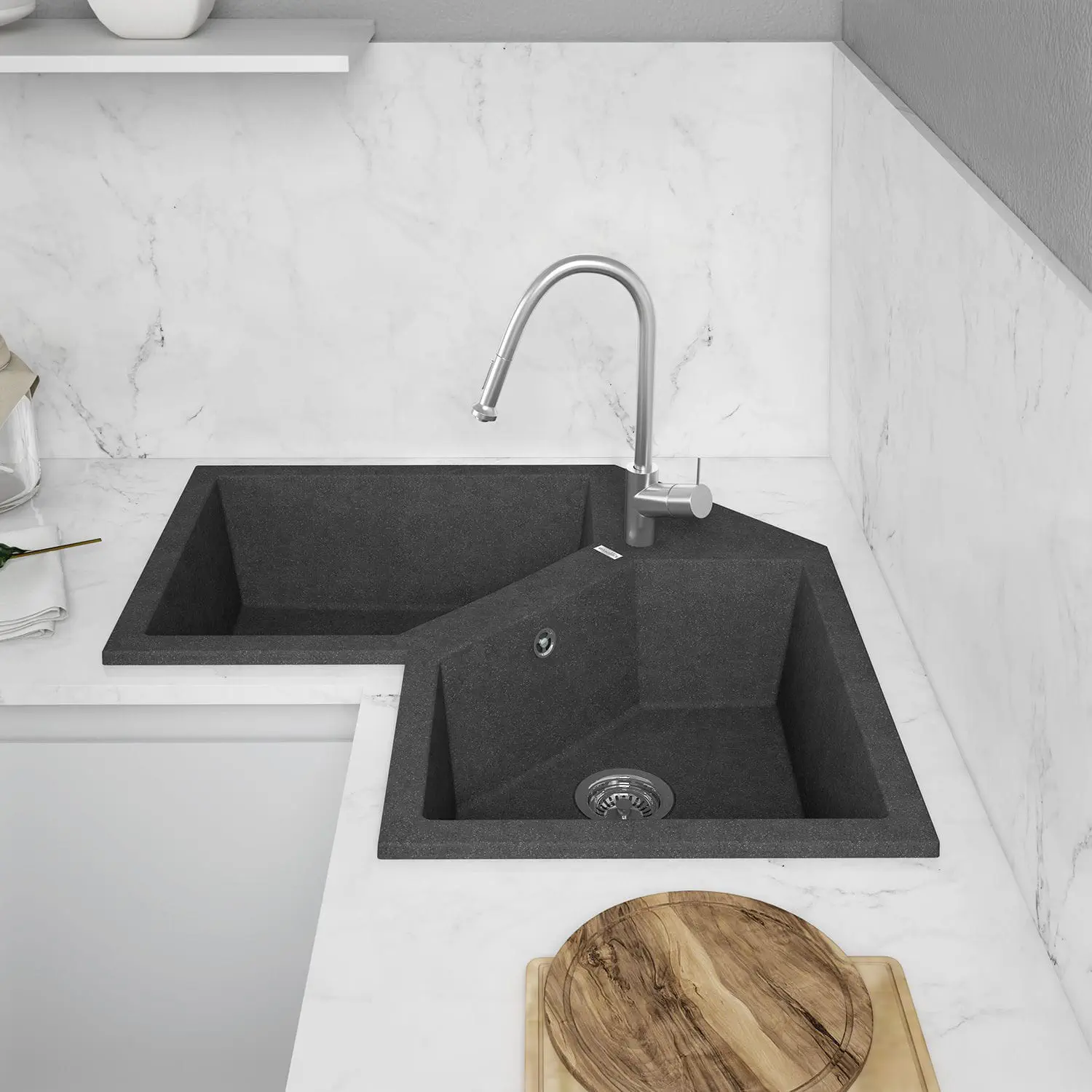
Maximizing Space Utilization: A Corner-to-Center Transformation
The most evident advantage of incorporating a corner sink lies in its ability to harness otherwise underutilized space. Traditional sink placements, whether against a wall or as part of an island, can encroach upon valuable counter real estate. Conversely, situating the sink in the corner frees up linear countertop space, allowing for more prep area or accommodating larger appliances without compromising flow. This strategic placement is particularly beneficial in smaller kitchens, where every inch counts for maximizing functionality without sacrificing style. Moreover, corners that might have been fitted with cumbersome Lazy Susans or deep, inaccessible cabinets find new life as functional and accessible workstations.
Enhancing Workflow Efficiency: A Well-Oiled Cooking Machine
Efficient kitchen workflow is predicated on the concept of the ‘work triangle’—the imaginary lines connecting the sink, refrigerator, and cooktop. By positioning the sink in the corner, it can serve as a pivot point, shortening the distance between these key areas and streamlining tasks such as washing produce before cooking or rinsing dishes after a meal. This layout encourages a natural movement pattern, reducing unnecessary steps and increasing productivity during meal preparation. Additionally, a corner sink can be paired with smart storage solutions adjacent to it, like a pull-out cutting board or integrated drying rack, further enhancing task efficiency by keeping everything within arm’s reach.
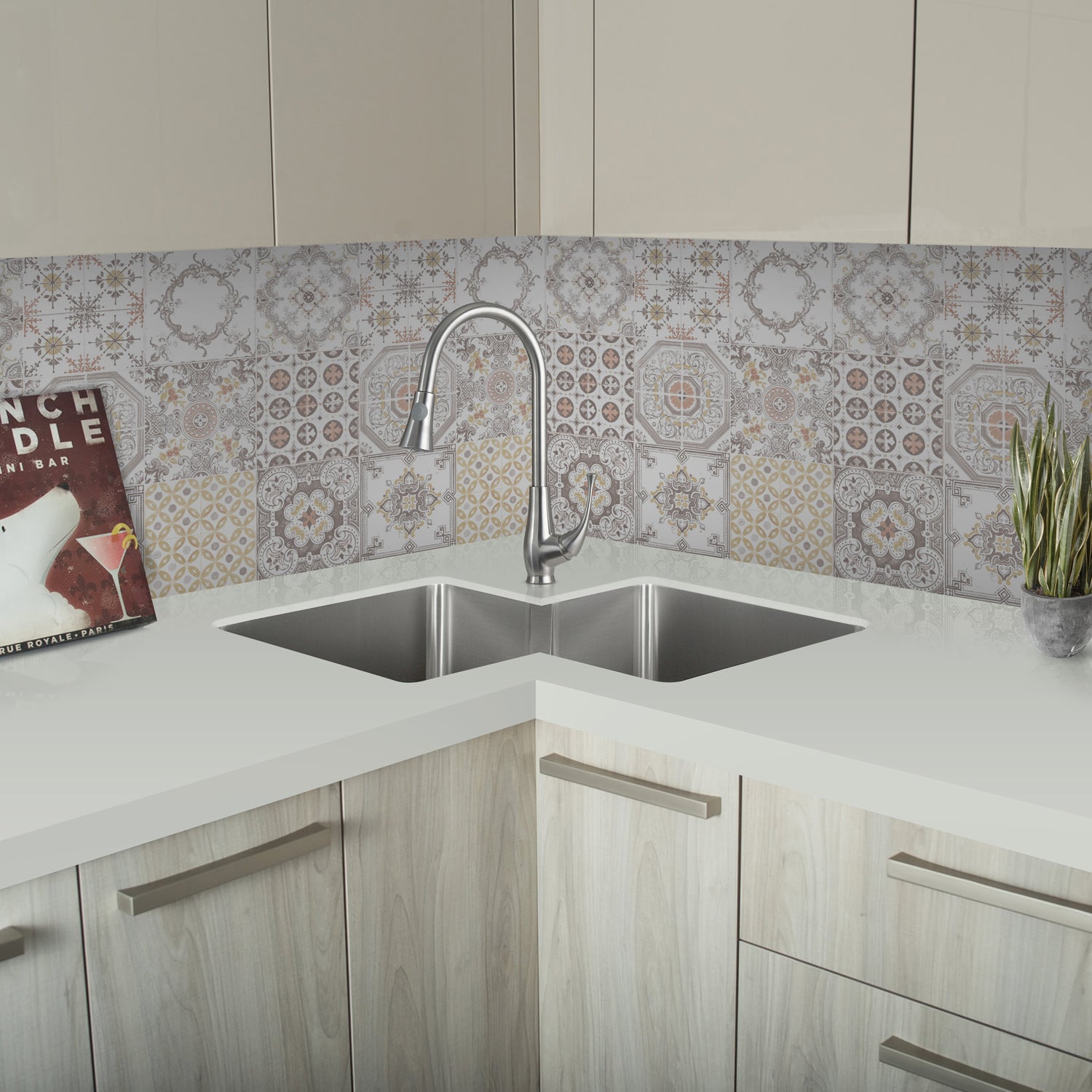
Ergonomic Advantages: Comfort Meets Functionality
Beyond spatial and workflow enhancements, corner sinks also offer ergonomic benefits. Unlike standard sink layouts that may require users to twist their bodies to access items on adjacent counters, a well-designed corner sink allows for a more open stance, reducing strain on the back and neck. The L-shaped configuration can provide ample space on either side for dish stacking, cleaning, and food prep activities, promoting better posture and minimizing physical stress during prolonged periods in the kitchen. Furthermore, for those with mobility issues or limited range of motion, a corner sink can be a game-changer, making everyday kitchen tasks more manageable and comfortable.
Aesthetic Appeal: Stylish Integration into Kitchen Design
Far from being a mere practical solution, a corner kitchen sink can elevate the visual appeal of any culinary space. Its unique placement breaks the monotony of straight-line designs, introducing an element of visual interest and modernity. Designers can leverage this feature to create focal points, perhaps by selecting a statement sink material like hammered copper or sleek granite, complemented by stylish faucets and creative lighting. Moreover, the corner orientation naturally invites the play of light and shadow, adding depth and texture to the kitchen’s aesthetic. Integrating greenery or a small herb garden near the window above the sink further enhances the space’s beauty and brings a touch of nature indoors.
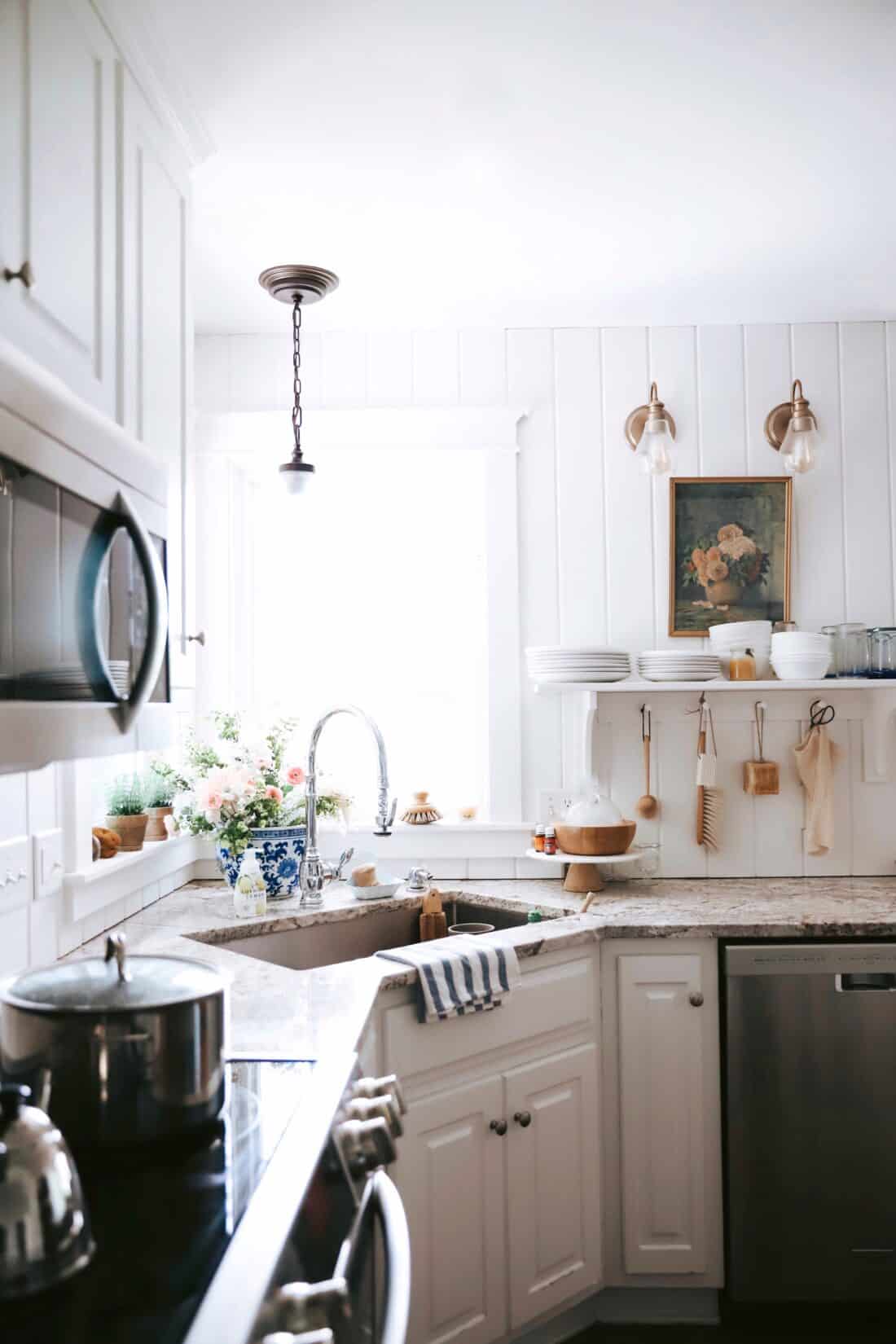
Customization and Flexibility: Adapting to Individual Needs
One of the underappreciated aspects of a corner kitchen sink is its versatility in terms of customization. Depending on the specific layout and design preferences, homeowners can opt for a variety of sink sizes, shapes, and depths to perfectly fit their corner space. Whether it’s a double-bowl configuration for added functionality, a shallow basin for easy reach, or a deep single bowl for large pots and pans, the options are vast. Furthermore, the surrounding cabinetry can be tailored to incorporate pull-out drawers, specialized storage solutions, or even a cozy breakfast nook, ensuring that the corner sink area not only serves its primary function but also caters to individual lifestyle needs.
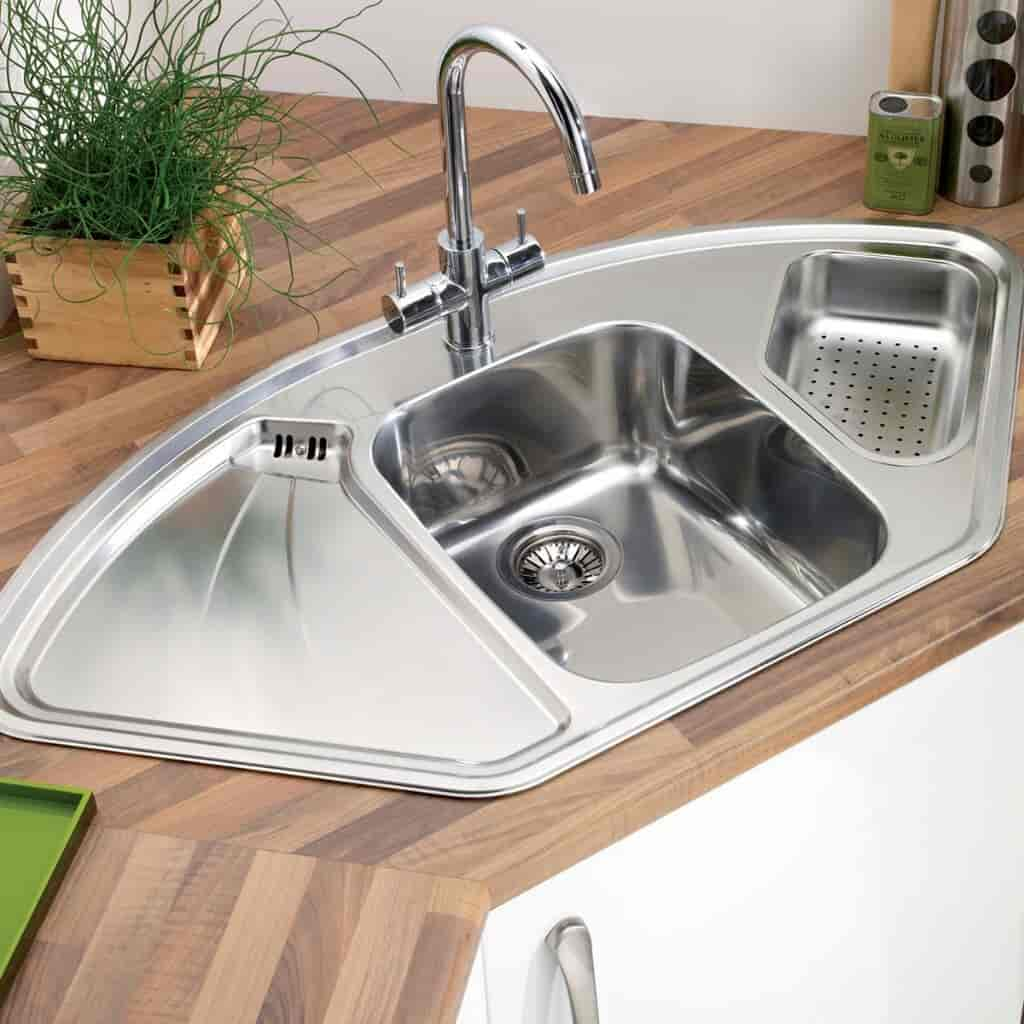
Addressing Common Concerns: Overcoming Design Challenges
While the advantages of a corner sink are numerous, some potential drawbacks merit consideration. For instance, concerns about reduced counter space immediately beside the sink can be mitigated through clever design choices such as floating shelves, fold-down countertops, or even a mobile cart that can be moved as needed. Similarly, potential plumbing and installation complexities can be overcome by working with experienced professionals who specialize in custom installations. With careful planning and execution, these challenges become opportunities for creative problem-solving, ultimately resulting in a kitchen that seamlessly integrates form and function.
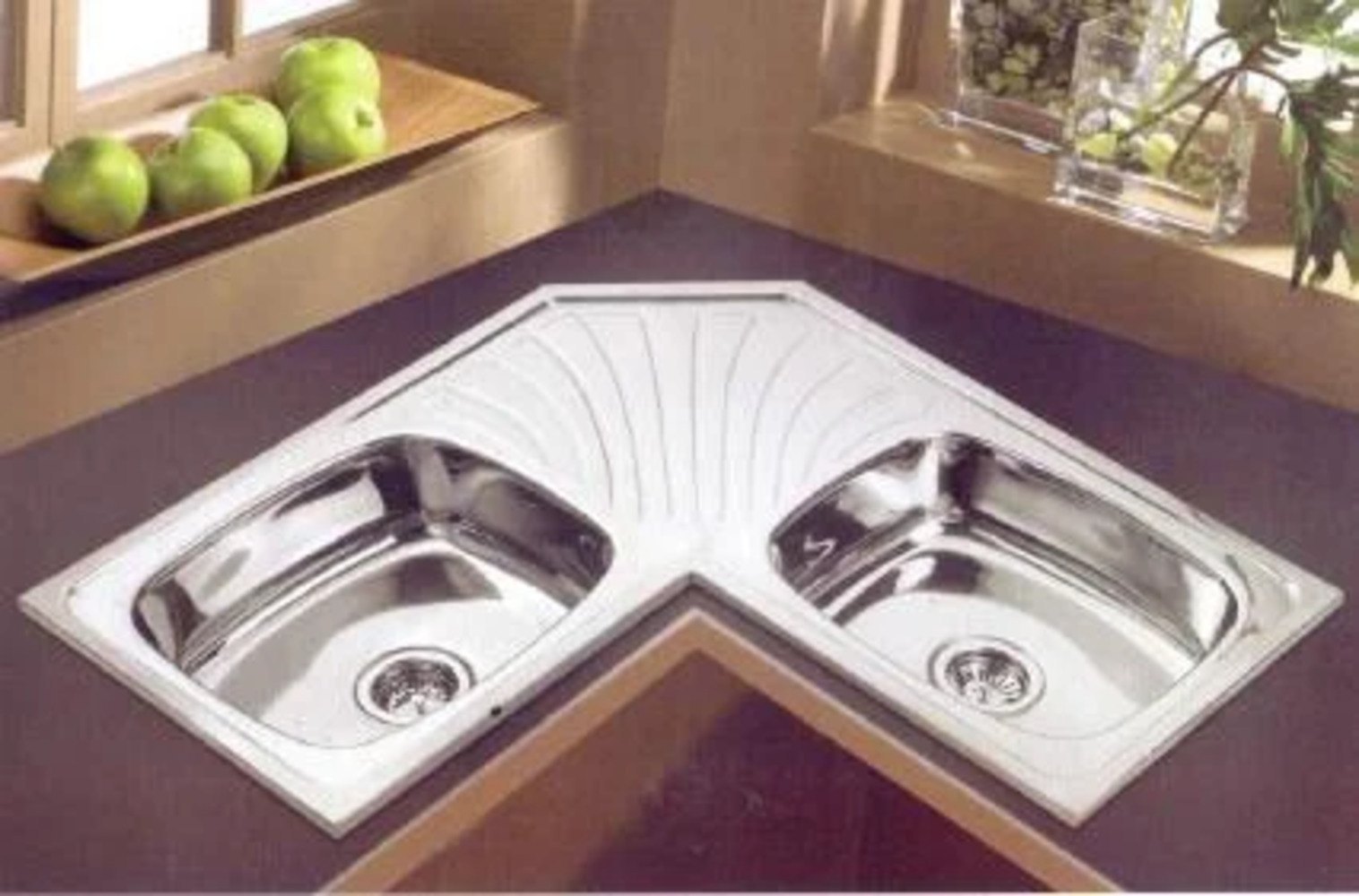
Conclusion: Turning Corners into Opportunities
In conclusion, the decision to install a corner kitchen sink is one that transcends the mundane, transforming a forgotten corner into a hub of activity, efficiency, and aesthetic charm. By capitalizing on underused space, improving workflow dynamics, offering ergonomic benefits, enhancing aesthetic appeal, providing customization flexibility, and addressing common concerns effectively, a corner sink proves itself as a smart and stylish choice for contemporary kitchen design. As homeowners and designers continue to push the boundaries of functionality and aesthetics, the corner kitchen sink emerges as a shining example of how thoughtful design can turn every corner into an opportunity for excellence.

